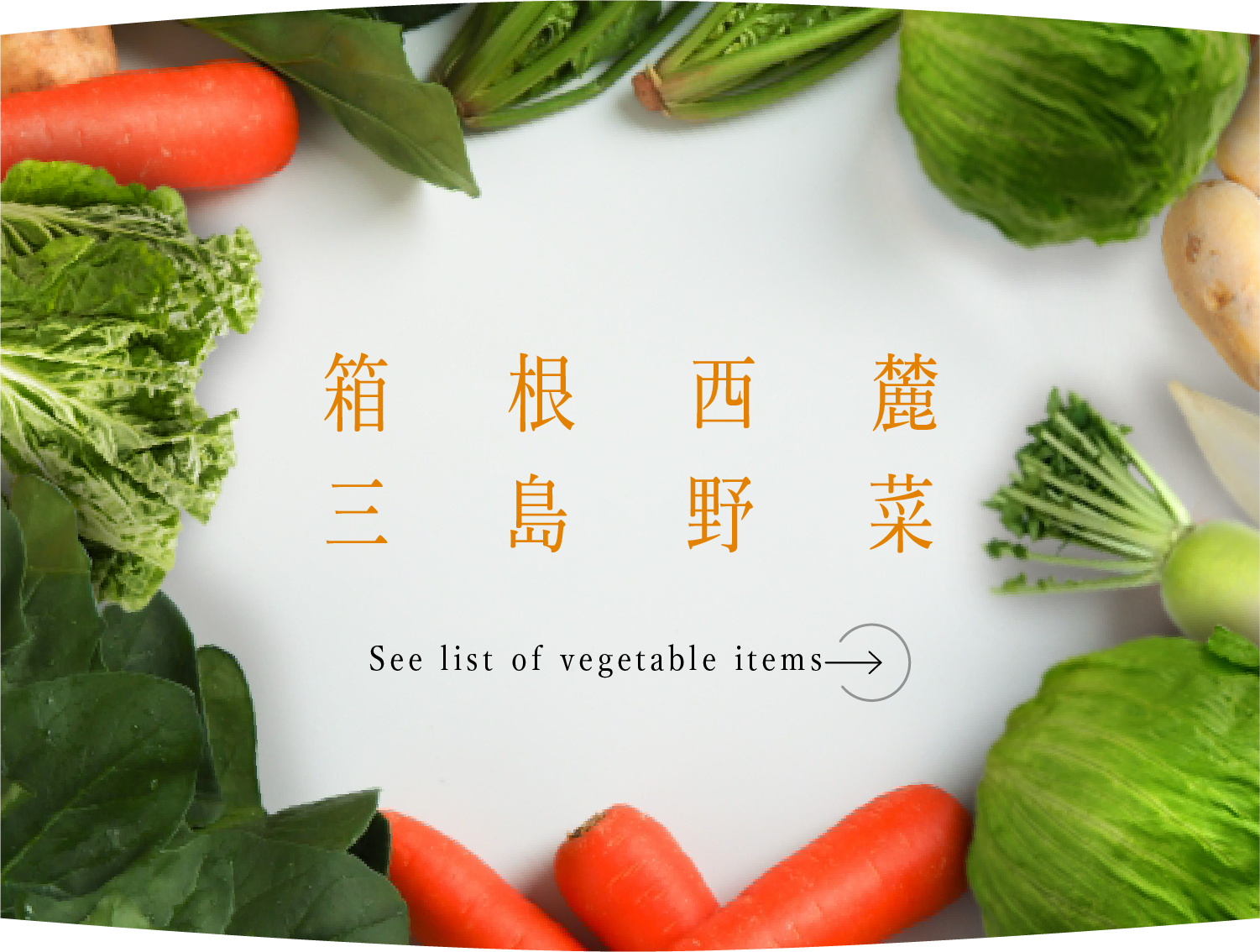悠々の刻を経て
「坂もの」
[Fuji's repeated eruptions]
During the Heian period (794-1185), a major eruption known as the "Enryaku Eruption" occurred from 800 to 801.This eruption is known as one of the "three major eruptions of Mt. Of course, the eruption of Mt. Fuji did not begin in the Heian period.Fuji has erupted many times since the time before civilization was founded, until it reached its present form.Needless to say, for the people living at that time, natural disasters were an obstacle that impeded their progress.On the other hand, the volcanic ash from the eruption created a more suitable soil for growing vegetables.This reportedly led to better quality native vegetables such as potatoes.
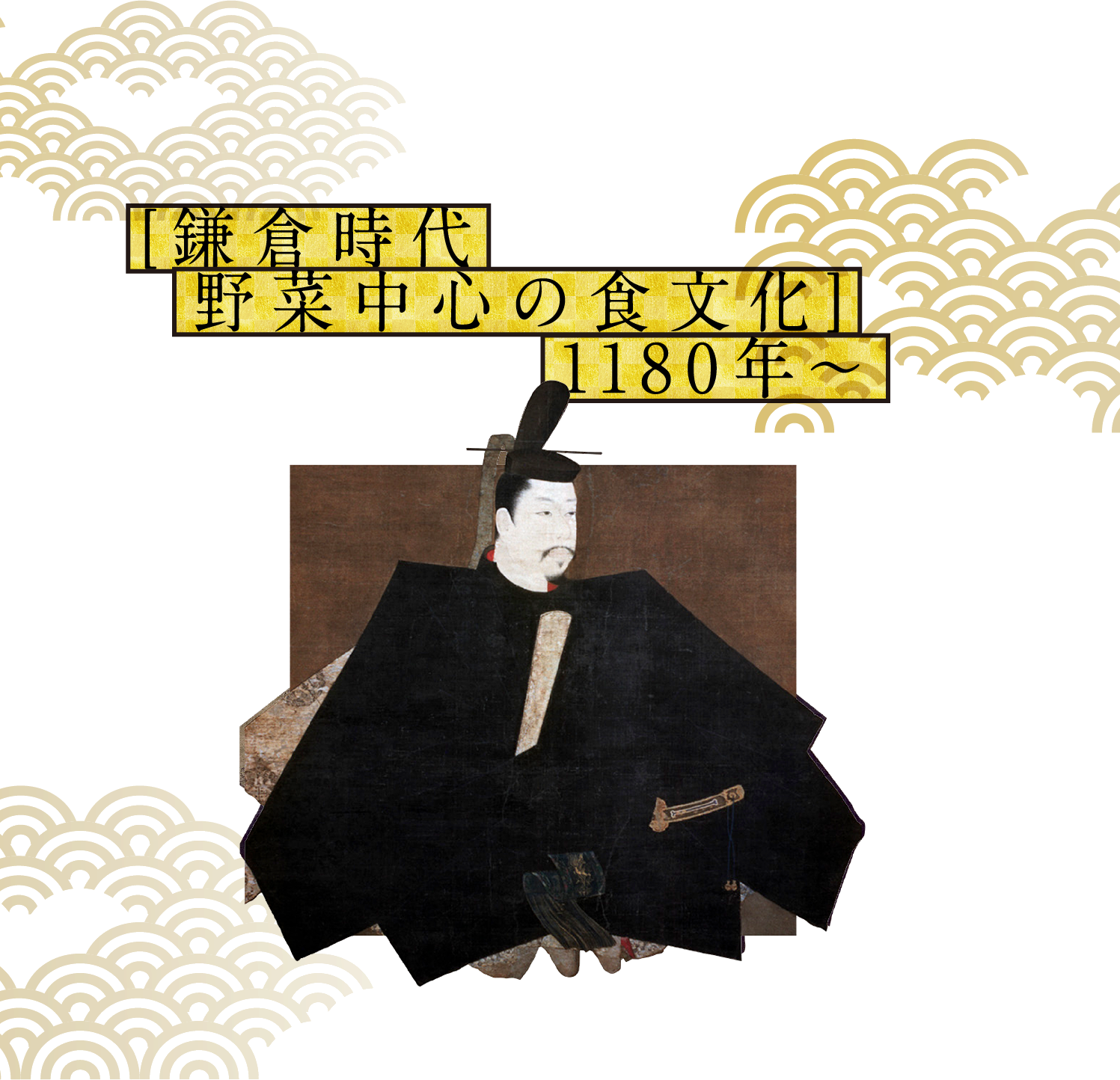
[Popularity of vegetarian cuisine]
After overcoming many natural disasters, the Kamakura period is coming. From the end of the Heian Period to the Kamakura Period, Japan experienced a series of wars and natural disasters that caused anxiety and confusion among the people.
In such chaotic times, "shojin ryori," a diet for Buddhist monks brought from temples in Song Dynasty China that avoided animal products and strong-smelling ingredients and prepared mainly with seaweed, vegetables, mushrooms, and beans, became popular among samurai and spread to ordinary households in the Muromachi period (1336-1573).
With the popularity of "vegetarian cuisine," the delicious taste of native vegetables from the western foothills of Hakone became popular in Kamakura and other areas.
It became known to many people.
This is what is being said.
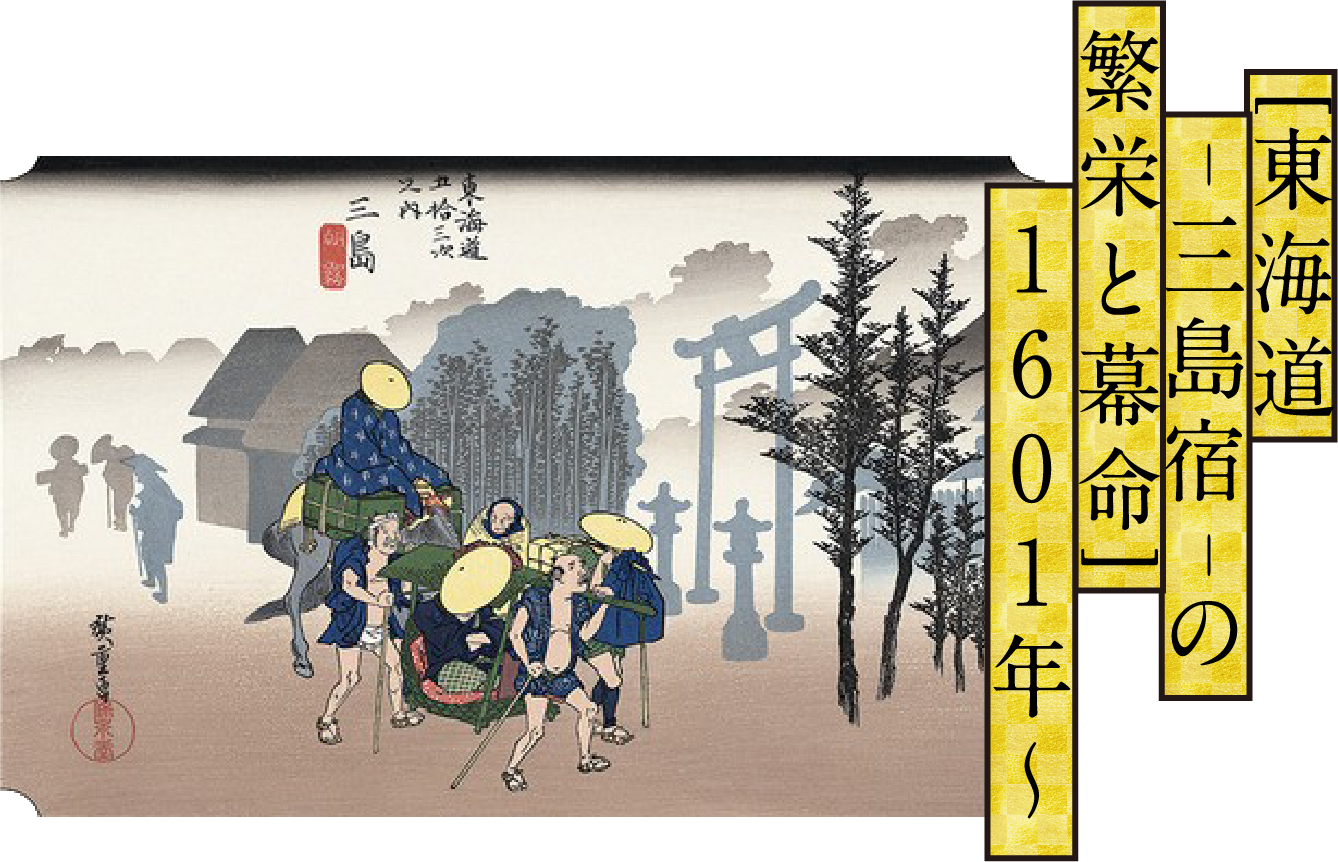
[Successful Transportation Reform and Soil Improvement]
After the Kamakura period closed its curtain, a long period of chaos followed, including the Nanbokucho, Muromachi, Sengoku, and Azuchi-Momoyama periods, but finally the time of peace and tranquility arrived.
In 1601, a year after Tokugawa Ieyasu won the Battle of Sekigahara, the Tokaido Highway connecting Edo and Kyoto was constructed.
Mishima flourished as "Mishimayadojuku," one of the 53 Stops on the Tokaido Highway. Hakone is the steepest place in the world, and Hakodani-seki is nothing..." (Taki Rentaro, "Hakone Hakone Ya-ri") As sung later, Hakone Pass was the most difficult of the 53 Stages of the Tokaido.
Even today, the topography and climate remain the same, with mountain roads often shrouded in thick fog with poor visibility and steep, steep grades, and it is evident that travelers coming and going on the mountain passes were troubled by these things.
Five new villages called "Gogashinden (Yamanaka-shinden, Sasahara-shinden, Mitsutani-shinden, Ichiyama-shinden, and Tsukahara-shinden)" were established on the "Hakone Road" connecting Mishima-juku and Hakone-juku by order of the shogunate. The people living in the area operated teahouses and lodging houses for travelers, and engaged in the transportation business such as jinchoku (human trespassers) and palanquin carriers, while also engaging in agriculture.
In the western foothills area, including Gokashinden, thatch was grown for residential roofs and used for generations to produce high-quality compost.
As a result of people's accumulated efforts, the soil in this area has become even better quality, which has contributed to the increase in the number of products produced.
[Increase in the number of farmers and expansion of production]
Although the inn station system was abolished in the Meiji era (1868-1912), the importance of the Tokaido Highway remained unchanged, and the volume of travelers and freight crossing Hakone temporarily increased.
However, with the opening of the Tokaido Line in 1889 (Meiji 22), the Nishi-Foothills area, including Gokashinden, faced a major turning point.
After this year, railroad transportation began to flourish and the number of travelers and cargoes crossing Hakone declined. As a result, tea stores and The agricultural population increased year by year as people who had specialized in palanquin shoveling newly settled at the foot of the mountain and became farmers. In the mountain fields opened by cultivating the foothills and hills, both production items and production volume increased, and neighboring hot spring resorts such as Hakone and Izu Nagaoka The name "sakamono" began to be used around this time, as it was delivered to inns in
and from this period, the Nishinoku area became a full-fledged vegetable production area for the Kanto and Kansai regions.
(See "Native Crops of Shizuoska, the Story of Seeds Cultivated by the Climate").
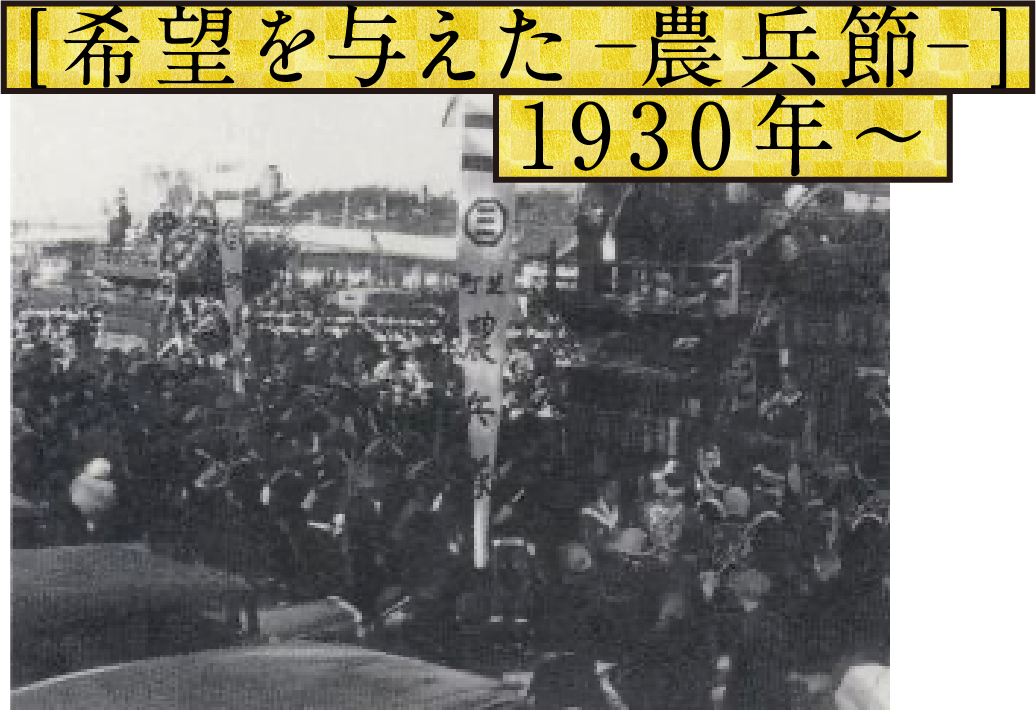
[Overcoming hardship again]
Just as it appeared that production would continue to expand steadily, the recession in society as a whole made it difficult to sell vegetables.
It was Gentaro Hirai (1882-1940) who saved the region.
Hirai revived the "Saka-mono" vegetables by selling them in Tokyo and Osaka, along with "Noe-bushi" (Noh-ebushi), while heavily promoting vegetables from the Nishi-Foothills region.
The "Nohyo-bushi," a folk song familiar to Mishima citizens, has thus become nationally known.
(See "Native Crops of Shizuoska, the Story of Seeds Cultivated by the Climate").
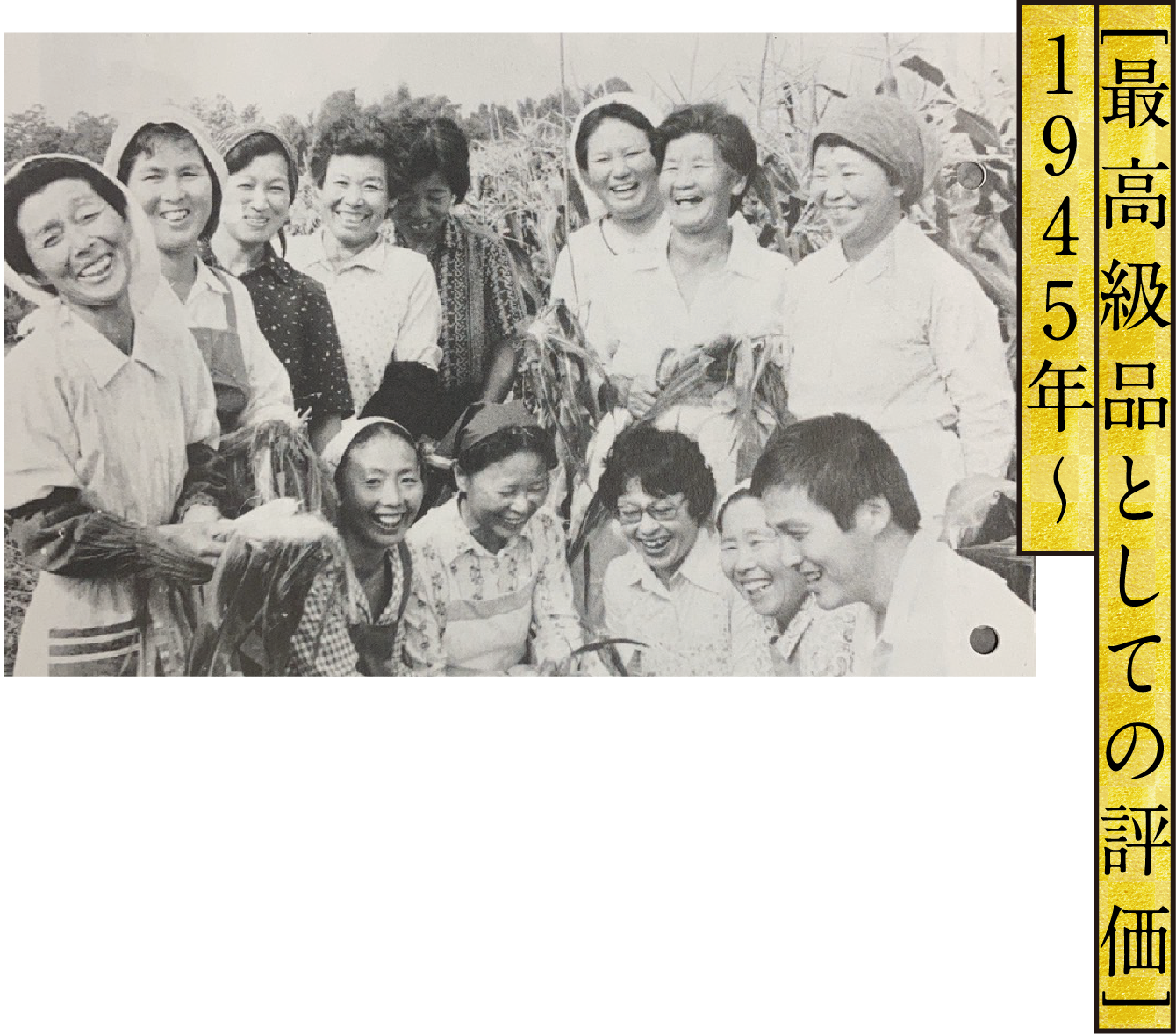
[To the most expensive vegetable in Japan]
Around 1945, potato production began in earnest, starting with the cultivation of "Baron" for croquettes.
Potatoes from the Nishinroku region are said to be "the best potatoes in Japan," and whole cooked potatoes were served at the Imperial Hotel in Tokyo.
Around 1970, the highly marketable "make-in" was cultivated and developed into the current production area.
The soil at the western foot of Hakone is well suited for producing high quality "make-in" potatoes. Potatoes for processing are mainly produced in Hokkaido. potatoes for processing are rarely produced in Hokkaido, but potatoes from this region are sold at the market as high-end vegetables.
In the western foothills region, the cultivation of root vegetables, which have been handed down from ancient times, as well as soft vegetables such as spinach, komatsuna, lettuce, and leeks, are now being promoted. The region is considered one of the best producers of high quality vegetables in the prefecture, including fruit and vegetable crops in small quantities.

